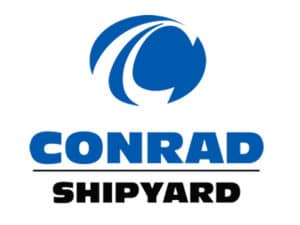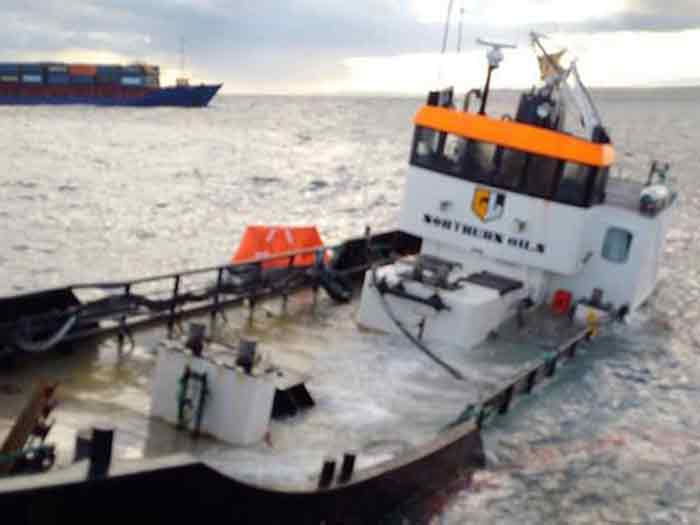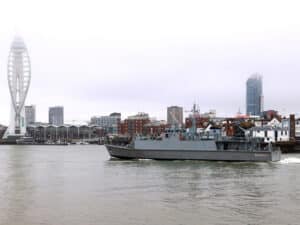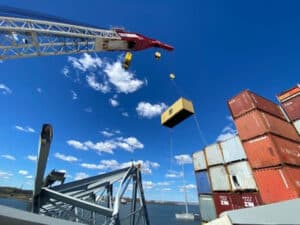
Inadequate lookouts blamed in daylight collision
Written by Nick Blenkey
Erin Wood post-collision with Daroja standing by
DECEMBER 29, 2016 — The U.K.’s Marine Accident Investigation Branch report into the August 2015 collision of the general cargo vessel Daroja and oil bunker barge Erin Wood says the accident happened because a proper lookout was not being kept on either vessel. This meant that watchkeepers in both vessels were unaware of the risk of collision and took no action to avoid the other ship.
The two vessels collided in daylight and good visibility just east of Peterhead, Scotland. Erin Wood was badly damaged and its crew put in danger; there was also some minor pollution from leaking fuel cargo.
MAIB says that avoiding collision starts with keeping a good lookout in order to detect other vessels and assess the situation. This is a key principle of safe navigation and should be maintained by all ships at all times.
As in previous MAIB investigations, the Daroja/Erin Wood accident highlights the potential consequences when the risks associated with the Officer of the Watch (OOW) being the sole lookout are not effectively addressed, says MAIB.
A high standard of watchkeeping involves using all the information available on the bridge to build and maintain a good picture. In this case radar, visual and Automatic Identification System (AIS) information could have been utilised more effectively on both ships.
The flooding of Erin Wood happened because the vessel was underway with both the upper deck weathertight doors open. Care should always be taken at sea and watertight or weathertight doors should not be left open unnecessarily.
Read the MAIB report HERE





Leave a Reply
You must be logged in to post a comment.